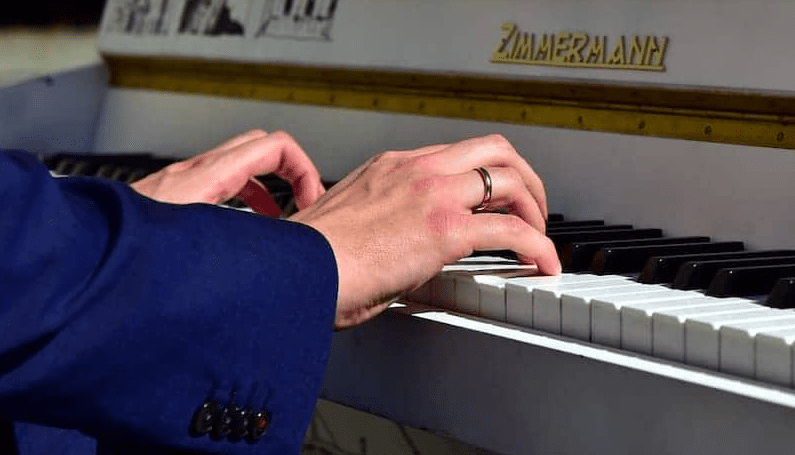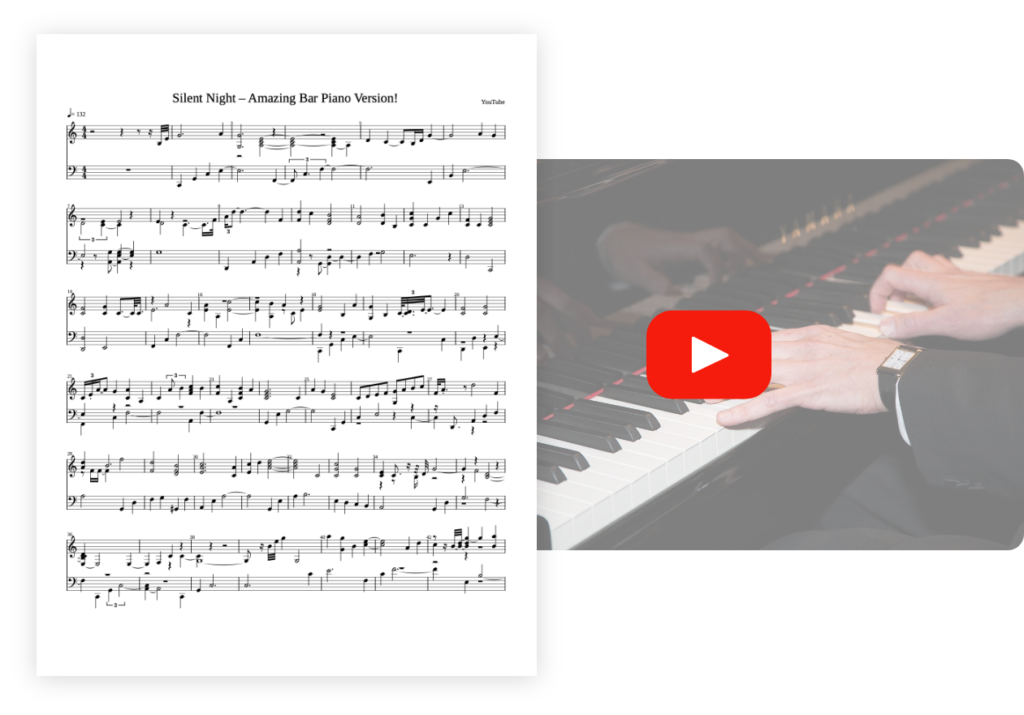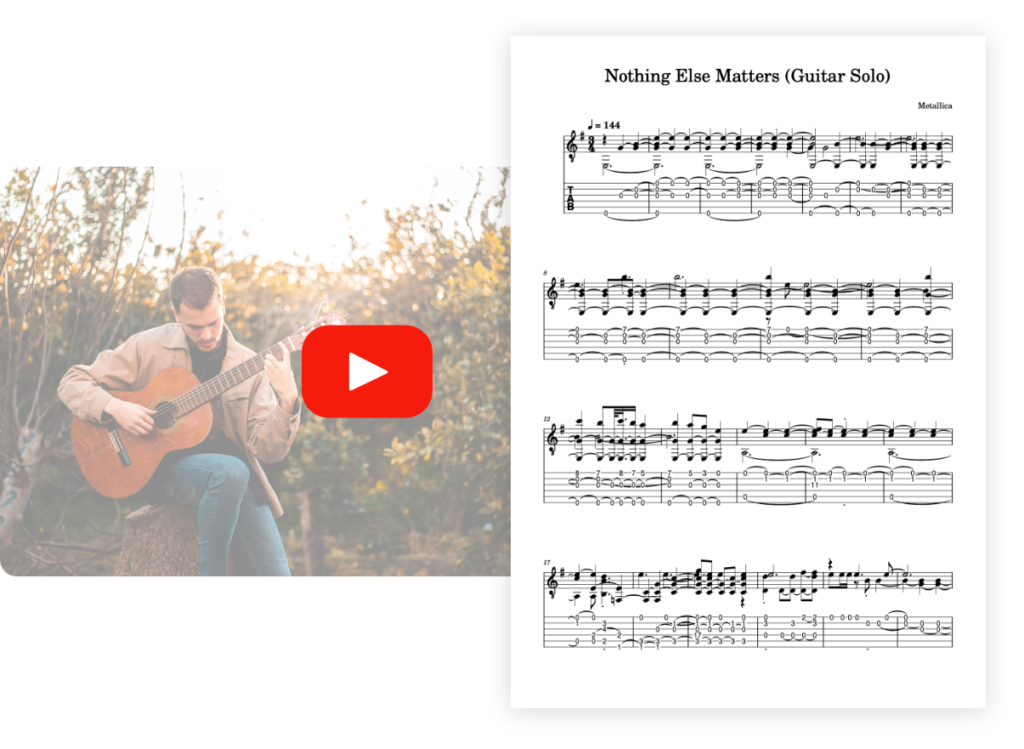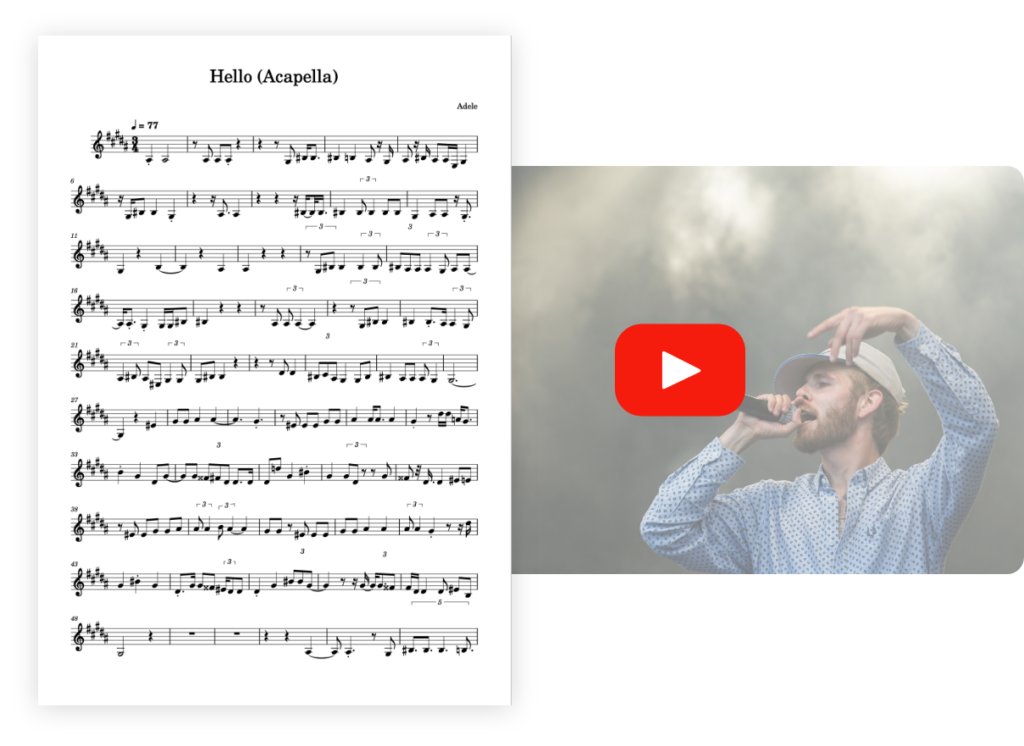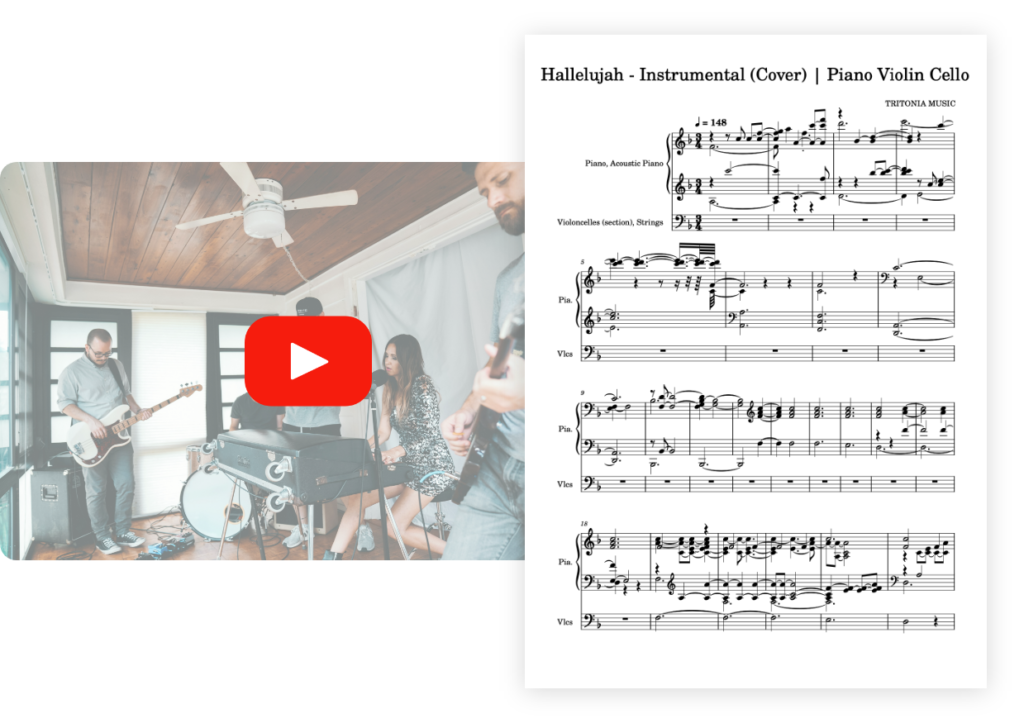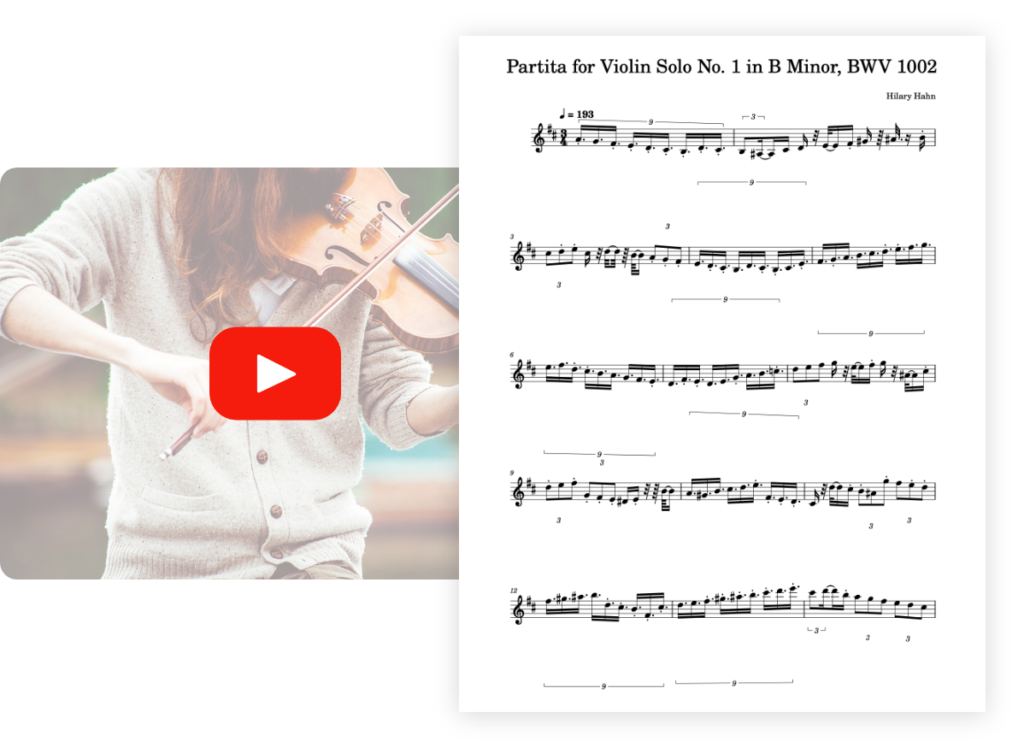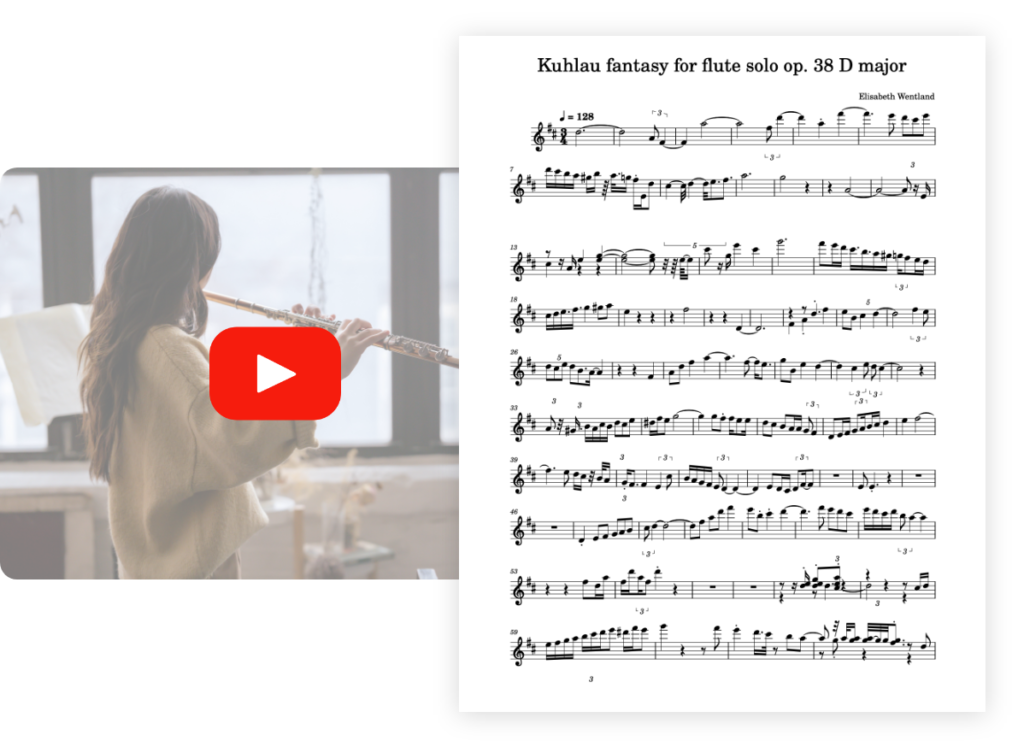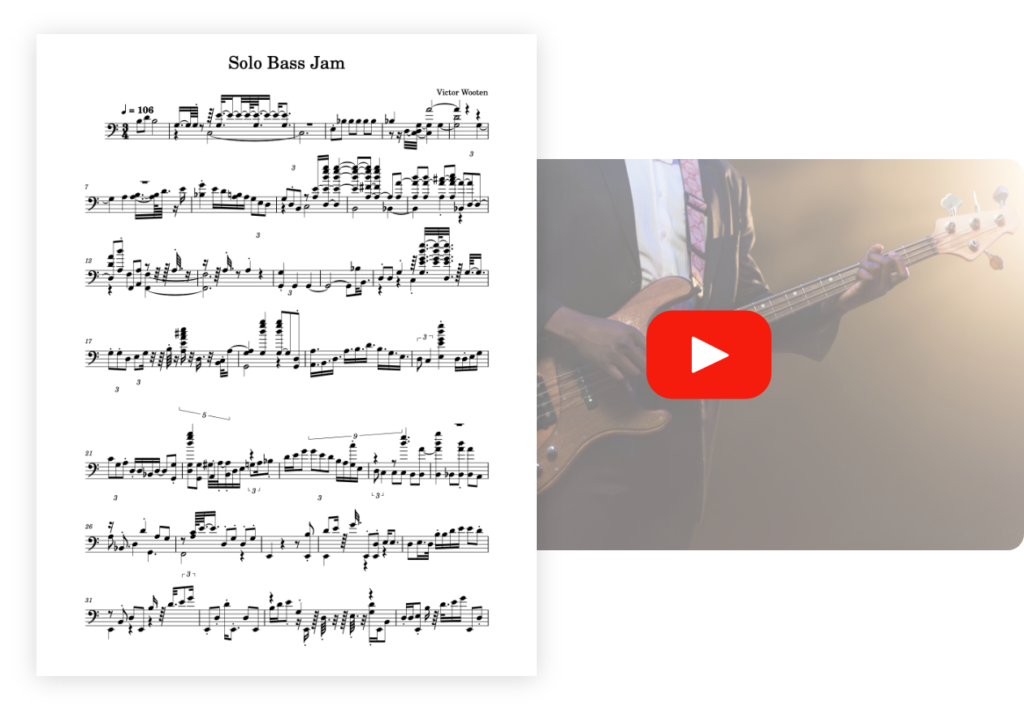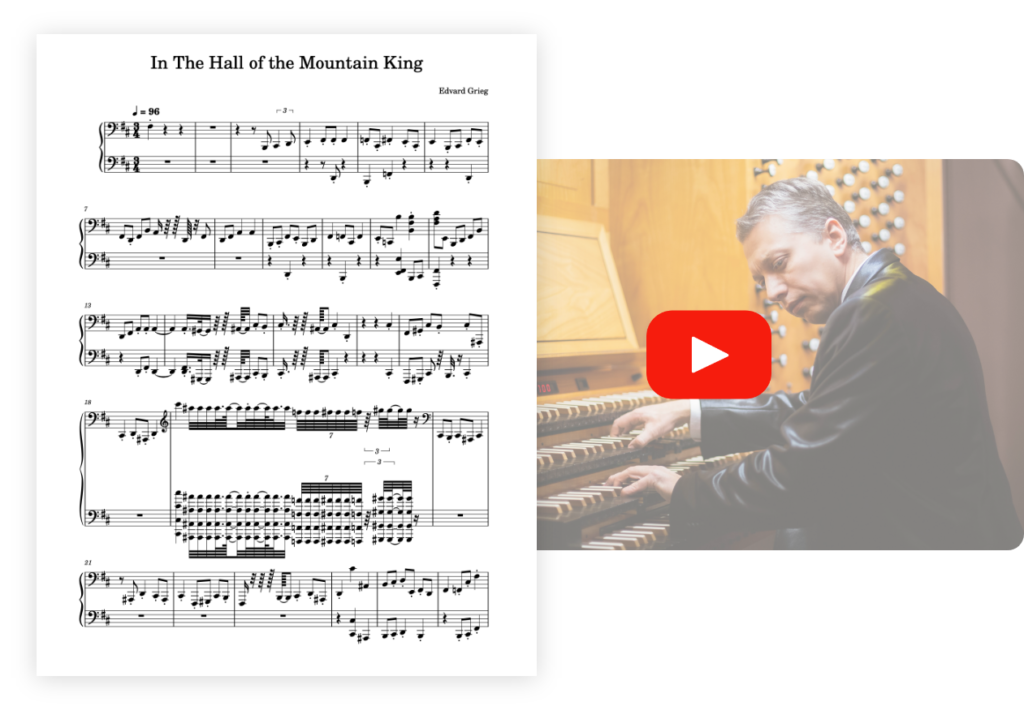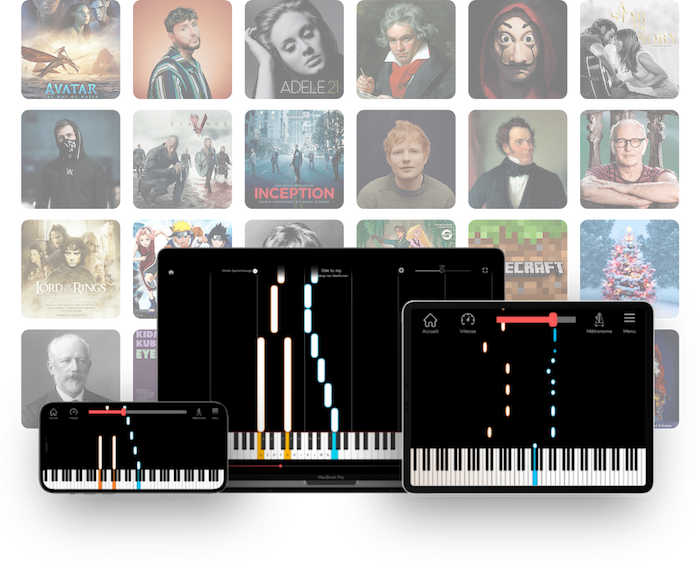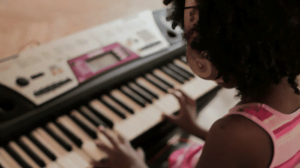1 – Traditional lessons

Traditional lessons are the most common choice of people who want to learn piano. The student go to the music school and sit next to a piano teacher. He or she gives you instant feedbacks on your playing and makes you progress quickly. The quality of the pedagogy depends on teacher: some love their job and make sure you progress very quickly, while others are less rigorous.
The other downside of traditional lessons is the cost. They can be very expensive: you have to pay hundreds or thousands dollars per year to access a music school.
There are two types of traditional lessons: lessons in music schools and private lessons.
Lessons in music school
Classes in music school are by registration. Once registered, you have several hours of group lessons per week with other students of your level. You will learn music theory and the basics of the piano during the first few years.
Private lessons
Private lessons are usually given from home. The private tutor goes directly to your home. The lessons given will be less fixed (contrary to music schools where the lessons follow a pre-done path) and will depend more on the pedagogy of the teacher.
1 – Goals: traditional piano lessons are for people who want to get back to the basics of music theory and practice. You will necessarily have to go through the theory box before going into practice. You will also have to learn how to read piano sheet music.You need to be passionate to follow the lessons and be highly motivated over time because the progression curve is often long.
2 – Cost: piano lessons are expensive. Count between $600 and $1500 per year to take music school courses. Count between 30 and 50$ per hour for private lessons.
3 – Time: you also need to have time to devote to piano lessons. This includes the time you take to travel to the music school as well as the time of the lesson itself. Count about 4 hours per week.
2 – Video tutorials

The tutorial videos are very useful when you want to start playing piano without spending money. They are available in large quantities on the web and they cover a wide range of objectives: songs to learn on piano, lessons, read a piano sheet music, …
These videos are therefore very practical for beginners who wish to have a first approach to the instrument. They offer the possibility to learn many easy piano songs for beginners, such as Happy Birthday piano notes.
The downside of this kind of piano method is that they often lack information, instant feedbacks and can cause you to develop bad habits.
1 – Goals: video tutorials are perfect for beginners who wish to have a first approach of piano learning. They will allow you to gain in dexterity and instrumental practice. However, if you’re afraid of getting into bad habits or making repeated mistakes without realizing it, you’re probably not cut out to learn piano with tutorial videos.
2 – Cost: most of the video tutorials available on the web are free. You will find many of them on Youtube. You can also find much better quality videos on specialized websites, edited by professional pianists, but you will have to pay for them.
3 – Time: the advantage of the video format directly available on the web is that it allows you to view them whenever you want. You can therefore perfectly integrate them into an already busy schedule and devote a little time per week to them. Be careful however not to let go little by little. You need to set a minimum number of hours per week that you want to devote to piano learning via video tutorials.
3 – App learning

With the emergence of new technologies, apps dedicated to piano learning are more and more developed.
Their method consist of a clever combination of traditional piano lessons and tutorial videos.
The apps often allow you to connect your piano in MIDI and provide instant feedback on your playing. Thanks to these apps, you will be able to progress much faster than with tutorial videos, and at a lower cost.
1 – Goals: piano learning apps are for people who want to progress fairly quickly without spending too much time and money on music lessons. They are perfect for people who are looking for an intermediary without the need to have a very rigorous piano learning.
2 – Cost: the price varies a lot depending on the app, but in general, it remains quite low. Count between $10 and $30 per month for unlimited access to the app.
3 – Time: as with the video tutorials, the apps can be used at any time. People with a busy schedule will be able to find something to suit them. Try to devote 3 to 4 hours a week to the apps to see how it progresses over the first few months.
Whichever method you choose, the most important thing is that it fits your needs and goals. In fact, you can easily combine several of these methods with each other. Nothing prevents you from taking traditional piano lessons while practicing on video tutorials or on your learning app. Just make sure you choose a good app and don’t get into bad habits.





 PianoConvert
PianoConvert
 GuitarConvert
GuitarConvert
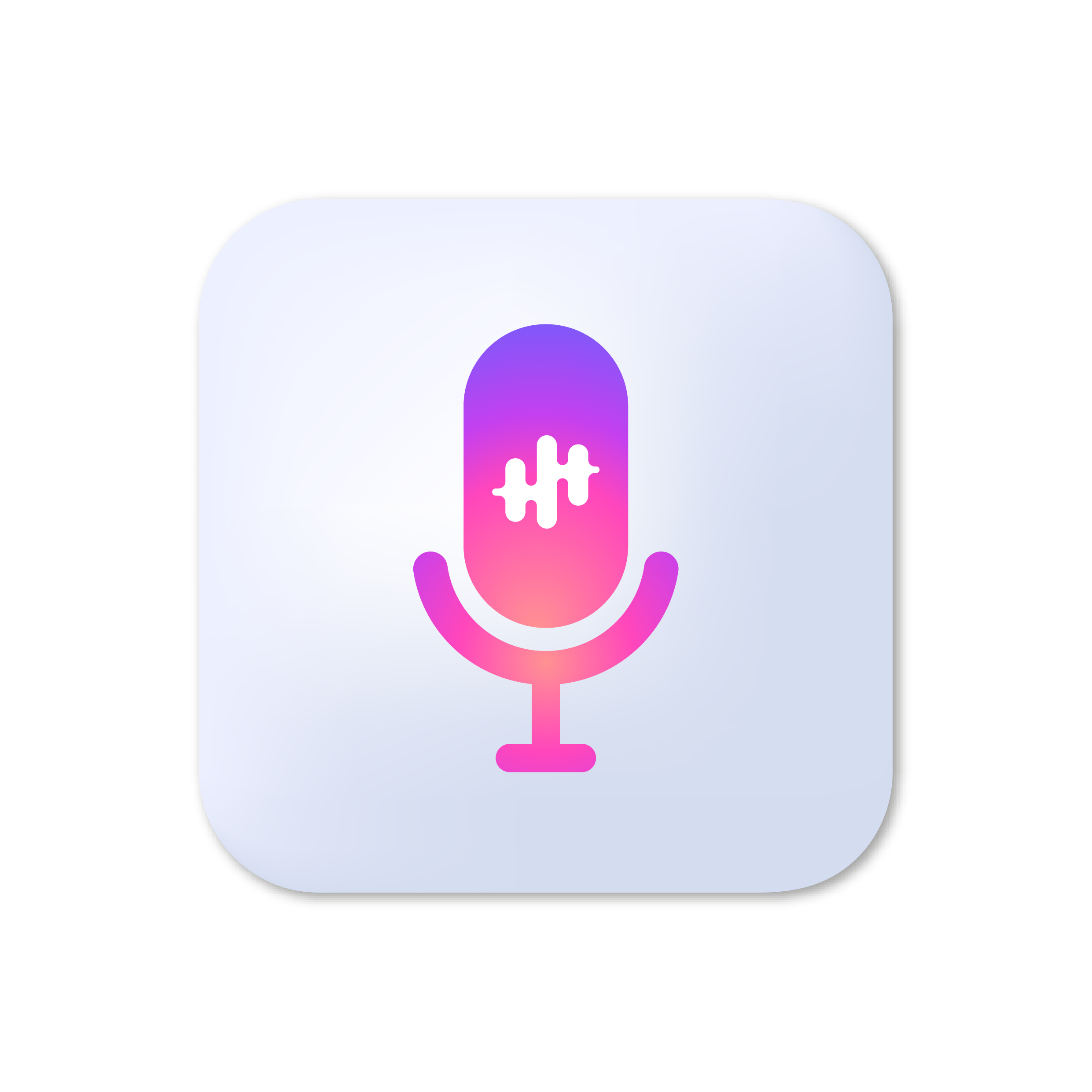 SingConvert
SingConvert
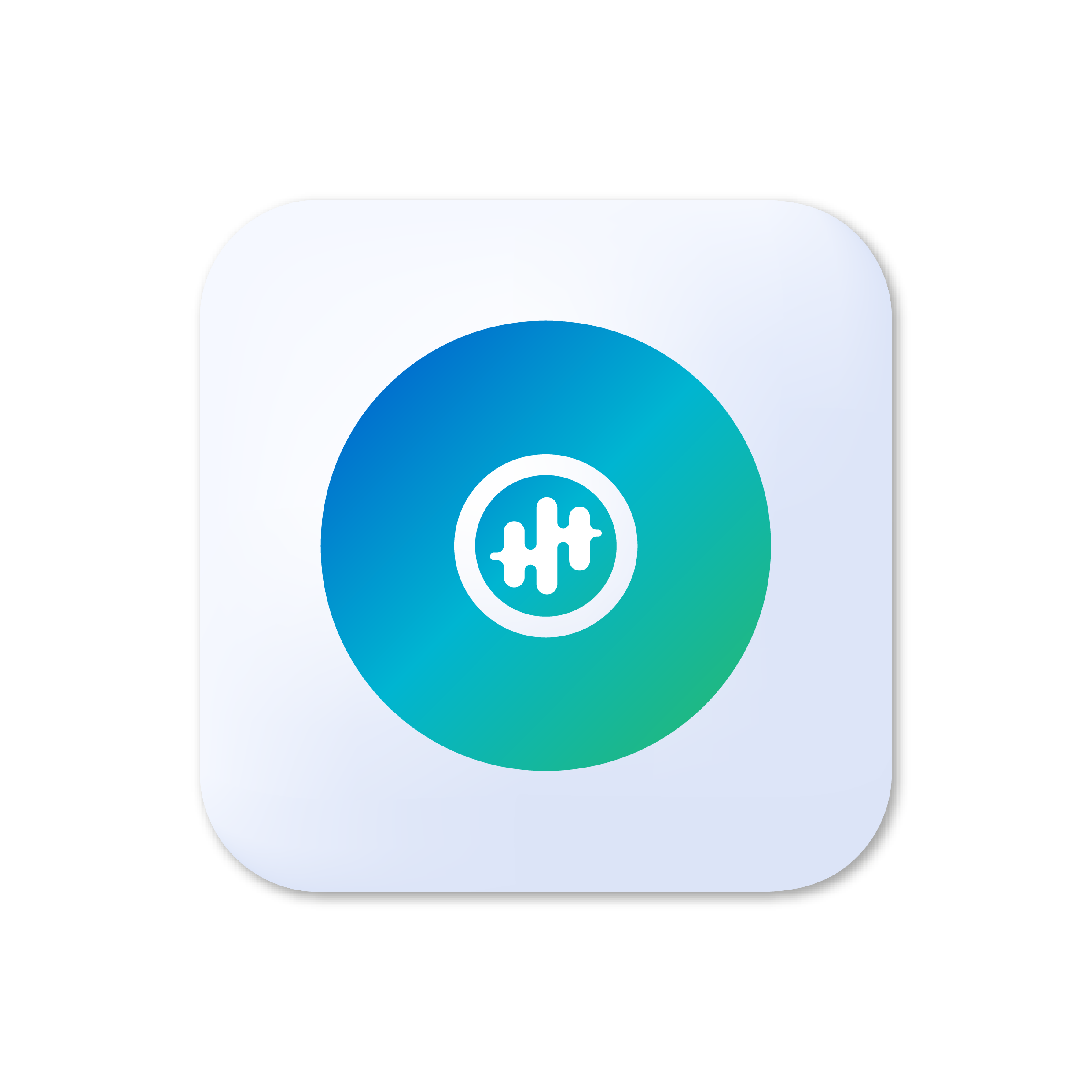 BandConvert
BandConvert
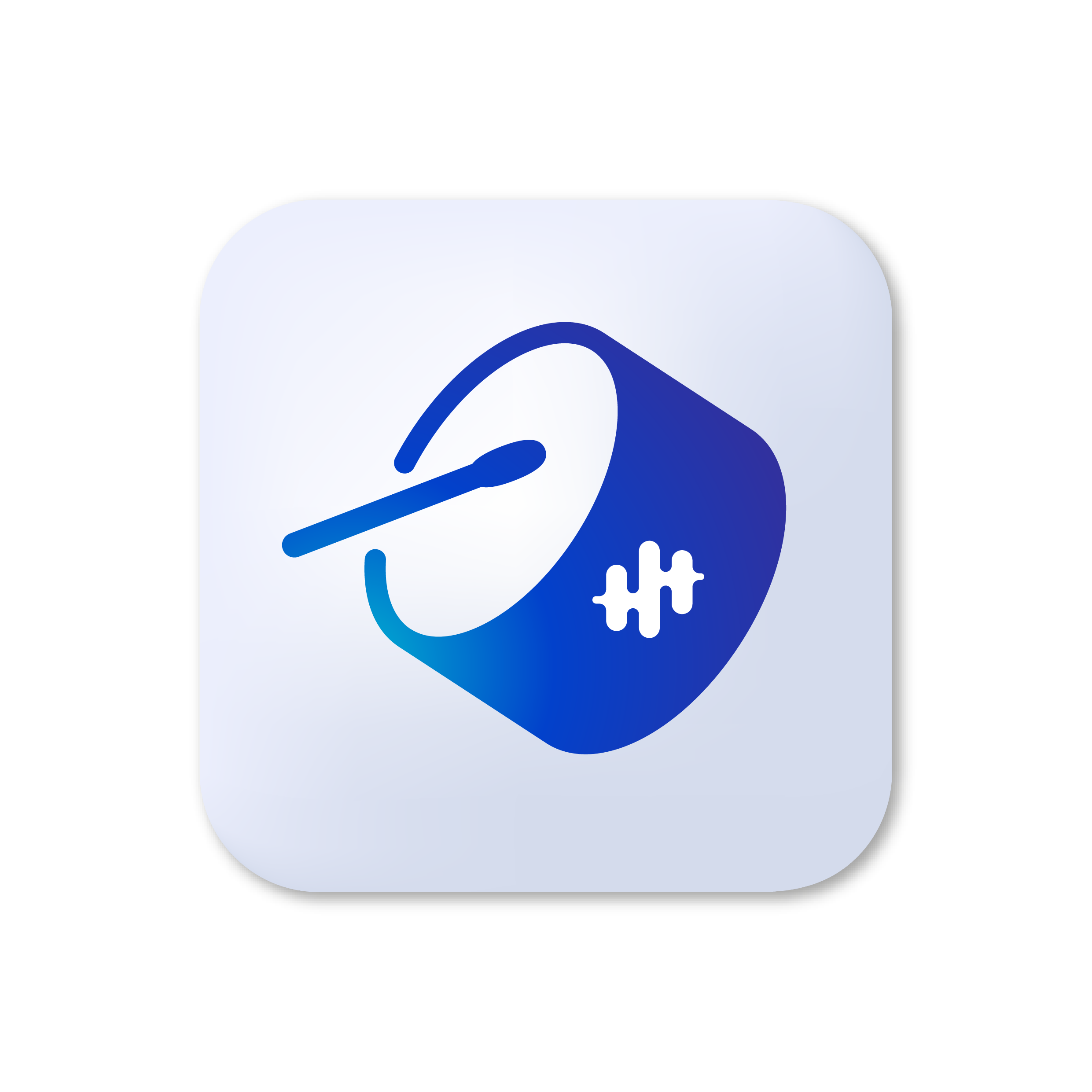 DrumConvert
DrumConvert
 ViolinConvert
ViolinConvert
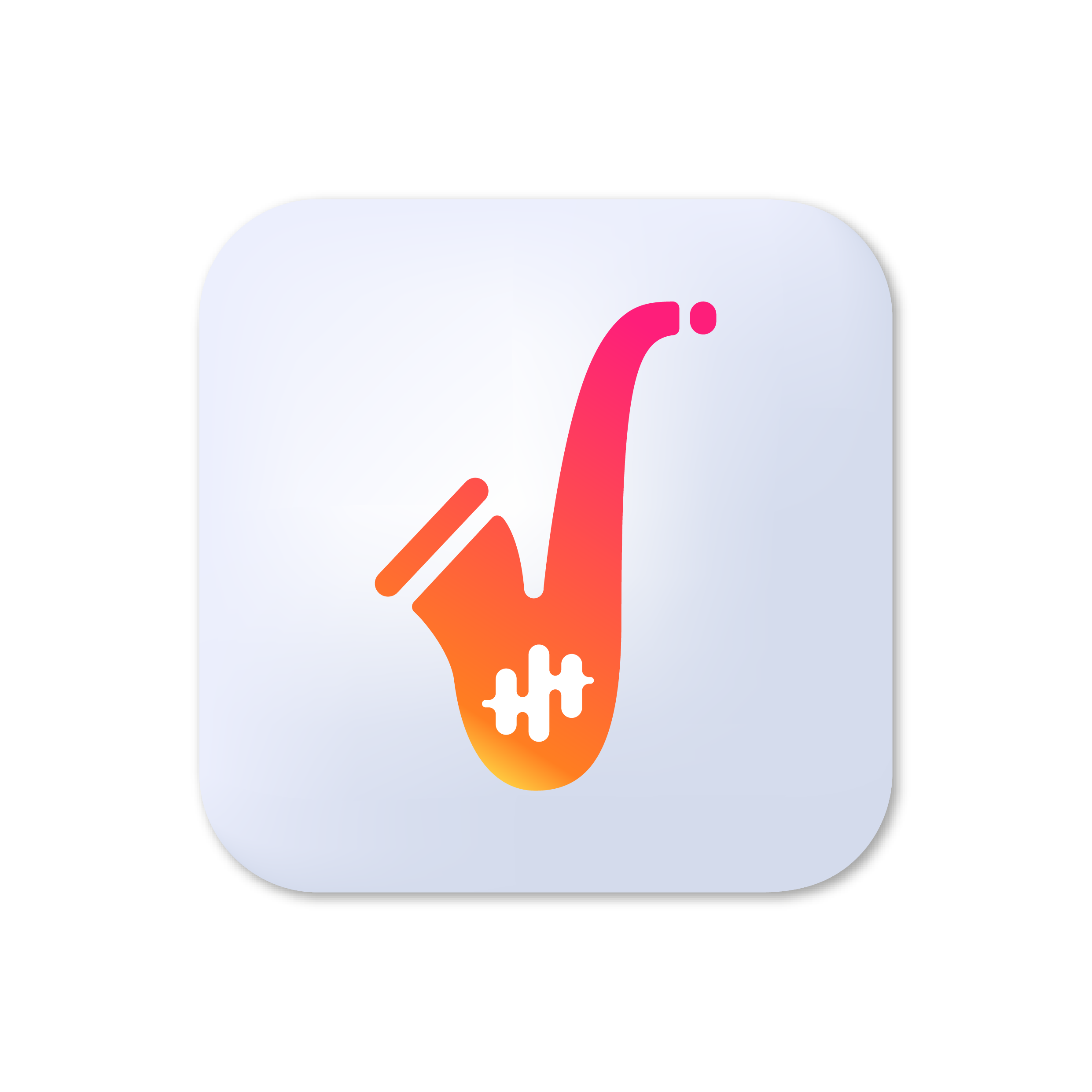 SaxConvert
SaxConvert
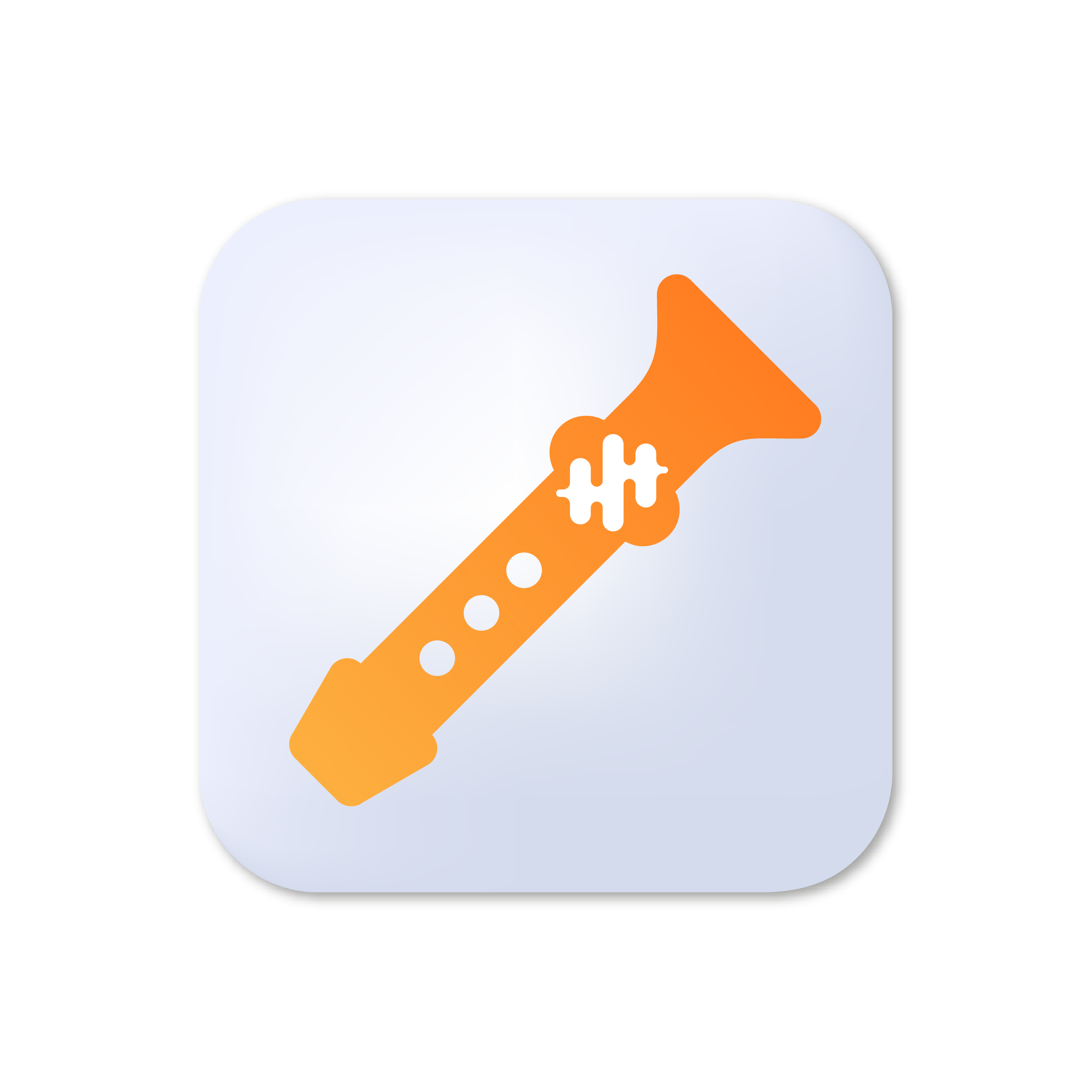 FluteConvert
FluteConvert
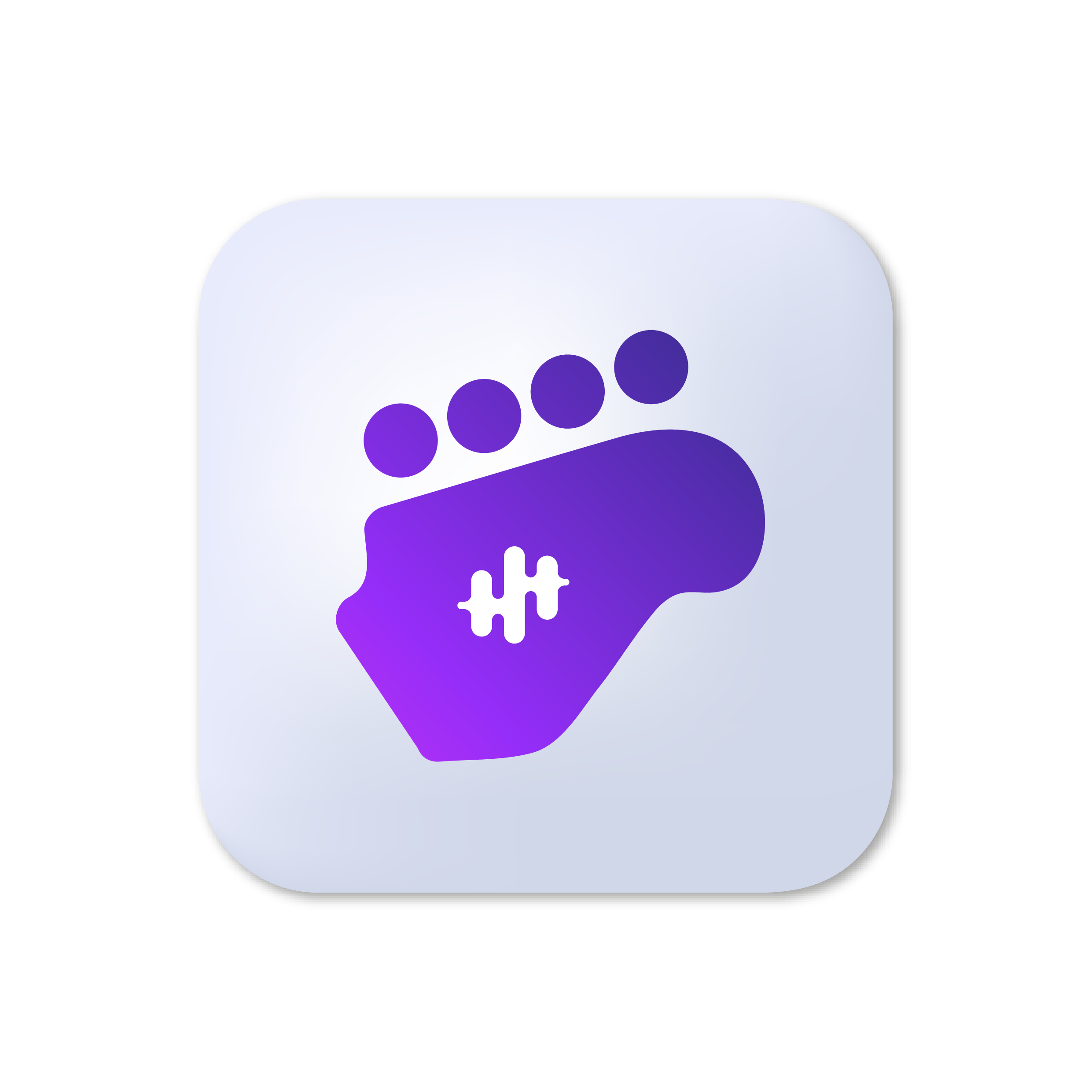 BassConvert
BassConvert
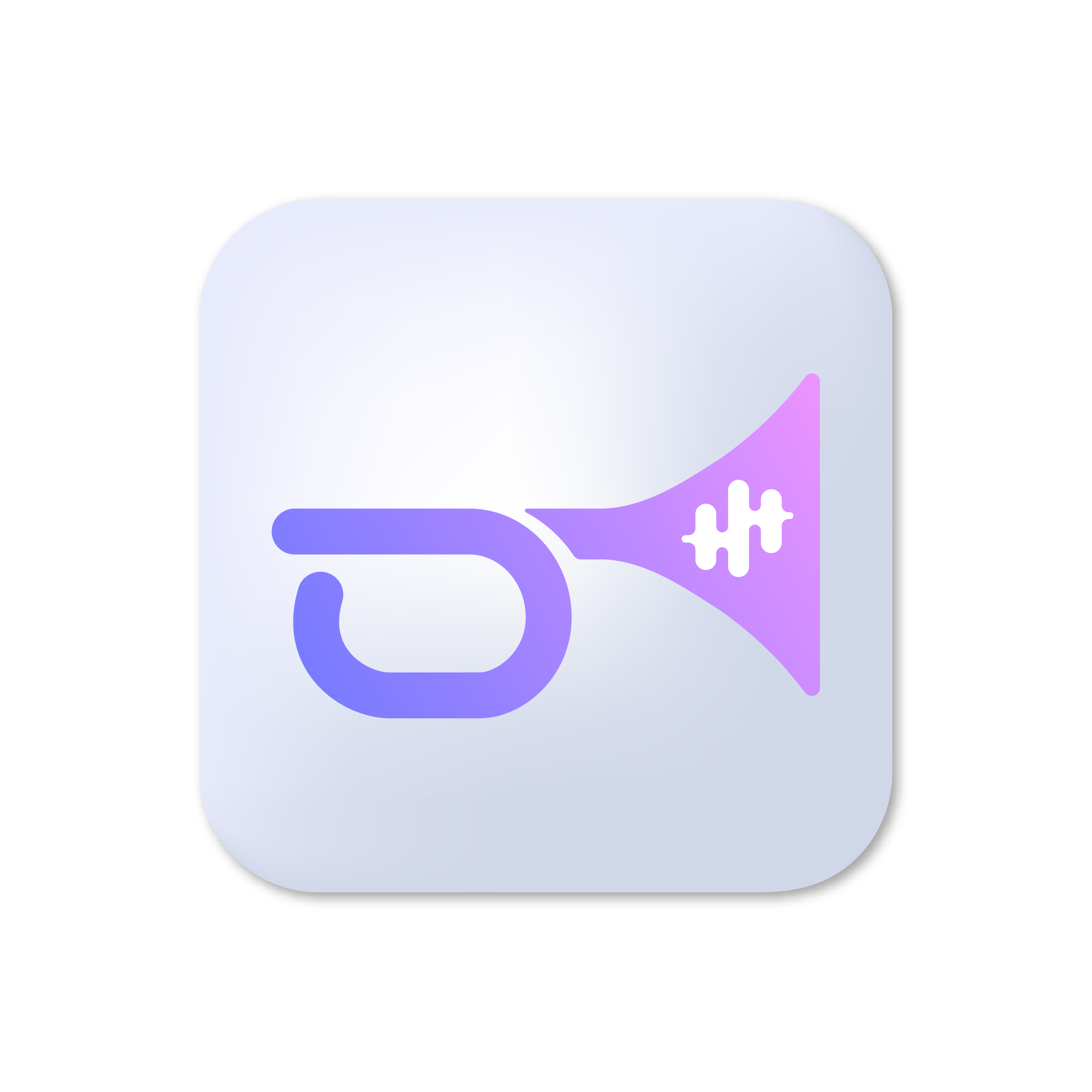 TrumpetConvert
TrumpetConvert
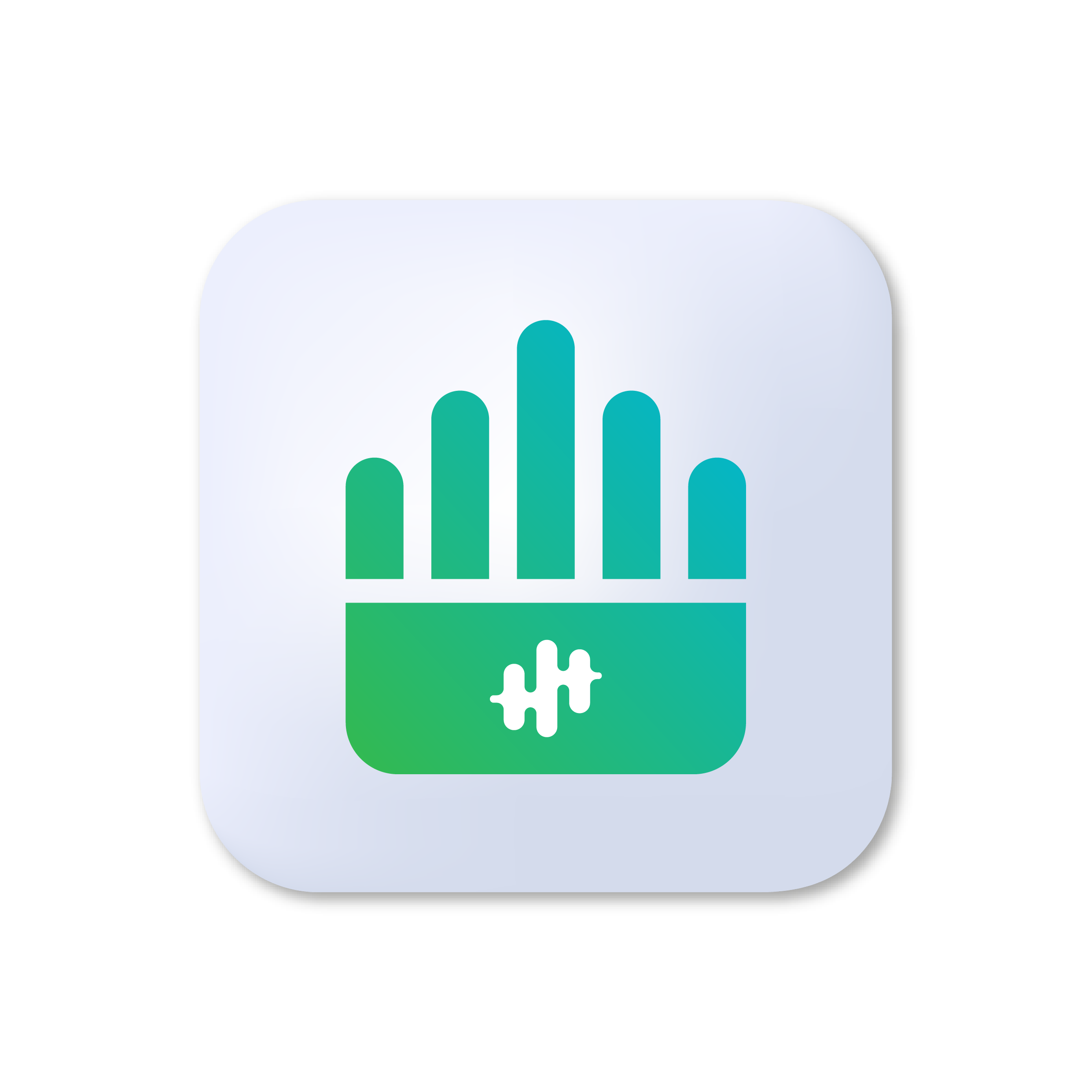 OrganConvert
OrganConvert
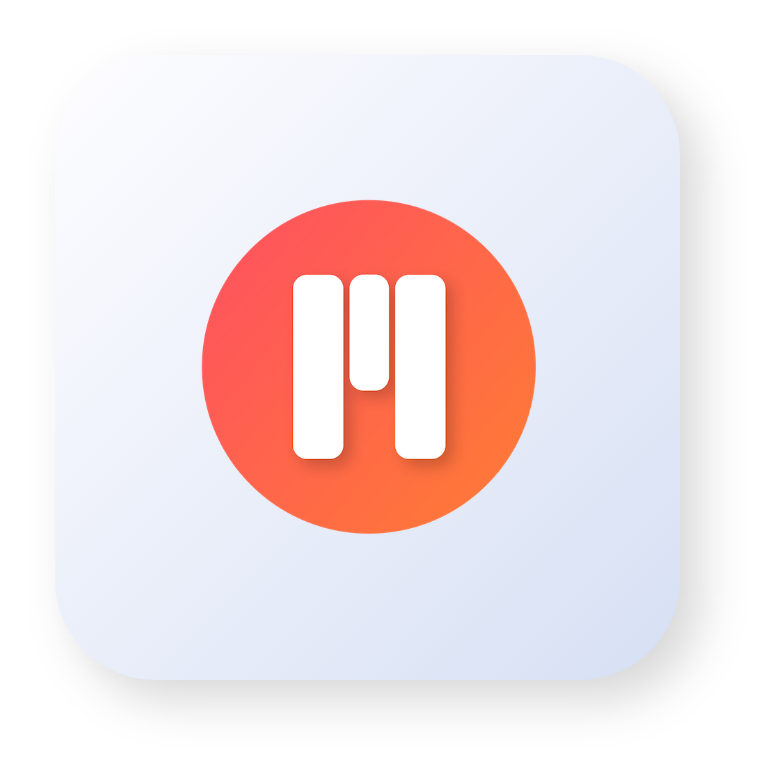 PianoGo
PianoGo
